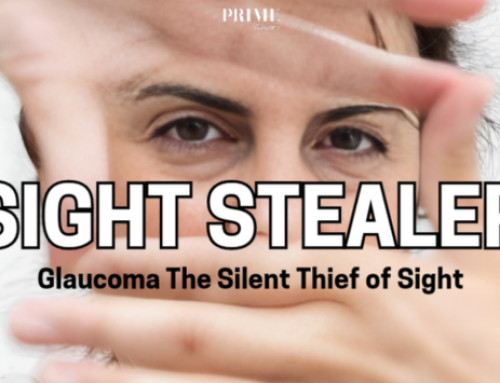
Reading an eye prescription may initially seem complex, but with a little understanding, you can decipher the information. Eye prescriptions typically include the following elements
Sphere (SPH): The sphere value indicates the degree of nearsightedness (negative value) or farsightedness (positive value). The further away from zero the number is, the stronger the prescription.
Plus Sign (+): A plus sign indicates that the prescription is for farsightedness or hyperopia. Farsightedness means you have difficulty seeing nearby objects clearly, while distance vision may be relatively better. The plus sign is associated with the sphere value in the prescription and signifies that additional optical power is required to focus light properly on the retina.
Minus Sign (-): A minus sign indicates that the prescription is for nearsightedness or myopia. Nearsightedness means you have trouble seeing distant objects clearly, while close-up vision may be relatively better. The minus sign is associated with the sphere value in the prescription and indicates the degree of correction needed to bring distant objects into focus.
OD and OS: These abbreviations refer to the right eye (OD) and left eye (OS) respectively. OD stands for “oculus dexter” (Latin for right eye) and OS stands for “oculus sinister” (Latin for left eye).
Cylinder (CYL): If you have astigmatism, this value will be present. It represents the degree of astigmatism and is indicated with a negative or positive value.
Axis: The axis is associated with the cylinder value and signifies the orientation of the astigmatism.
Addition (ADD): If you have a prescription for reading glasses, bifocals, or progressive lenses, an addition value will be present. It indicates the additional power needed for near vision correction.
Prism (PRISM): In some cases, a prism value may be included to correct eye alignment issues or binocular vision problems. It is represented by a prism diopter (Δ) and is accompanied by a direction (base in, base out, base up, or base down). For example, in Base Up (BU): The prism base is oriented upward. It is used to correct downward eye misalignment or vertical imbalances. In Base Down (BD): The prism base is oriented downward. It is used to correct upward eye misalignment or vertical imbalances. The corrective lenses can help redirect light entering the eyes, aligning them properly and allowing for better binocular vision.
Pupillary Distance (PD): The pupillary distance is the measurement between the centres of your pupils. Correct alignment ensures that the light entering your eyes through the lenses is properly focused, maximizing visual clarity and reducing potential eyestrain or discomfort.
Let’s consider the following prescription:
OD: -1.50 -0.75 x 180
OS: -1.25 -0.50 x 170
ADD: +2.00
In this example:
The sphere values of -1.50 for the right eye (OD) and -1.25 for the left eye (OS) indicate nearsightedness or myopia for both eyes. In both cases, the negative sphere values (-1.50 and -1.25) indicate the amount of correction needed to bring distant objects into focus.
The second component in each prescription represents the cylinder value (-0.75 for OD and -0.50 for OS). This value indicates the presence and degree of astigmatism. Astigmatism can cause blurred or distorted vision at both near and far distances.
The “x 180” for OD and “x 170” for OS denote the axis values associated with the cylinder. These values represent the orientation of the astigmatism and help determine the proper alignment of corrective lenses.
The “ADD” value of +2.00 indicates an additional power needed for near vision correction. This value is typically relevant for individuals who require reading glasses or bifocals to improve close-up vision.










